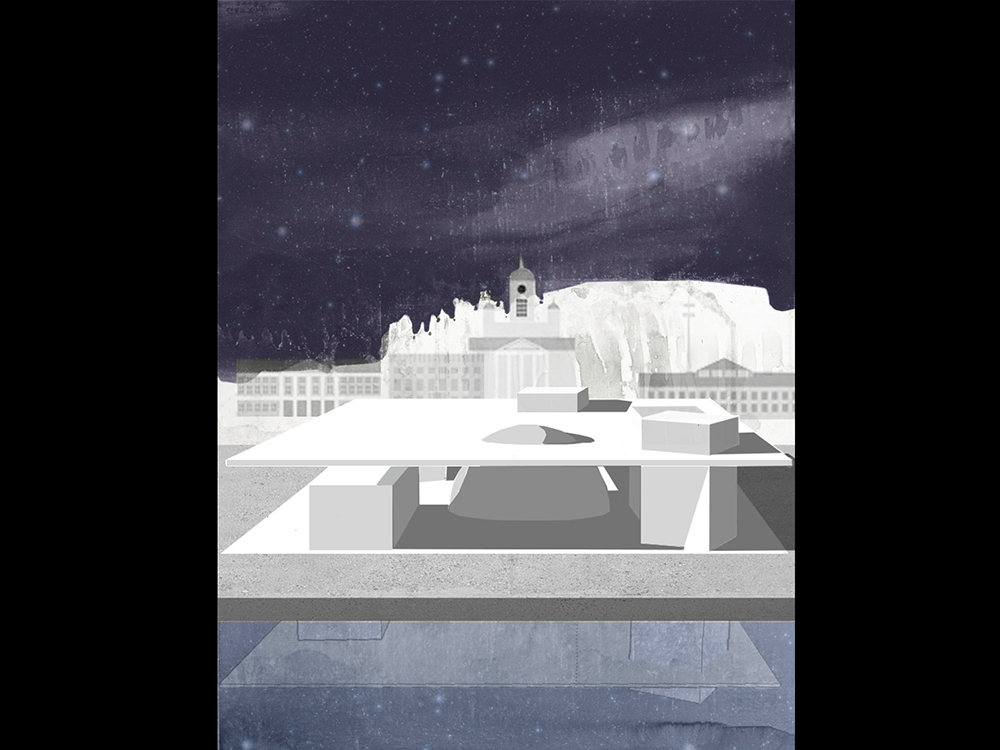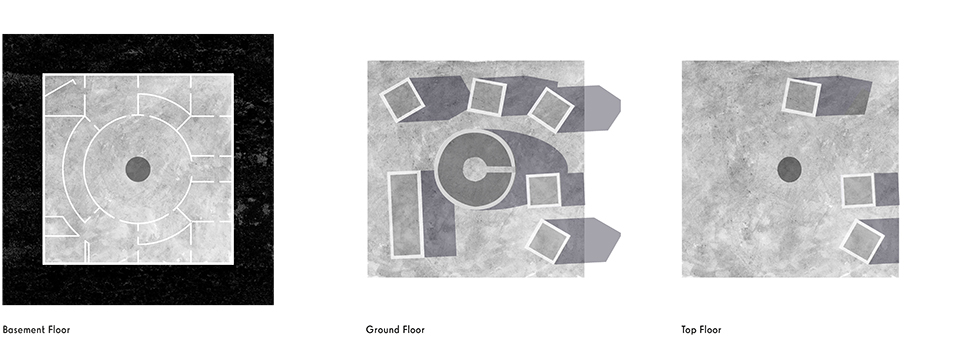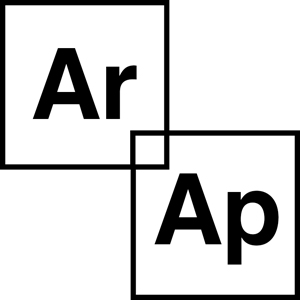Guggenheim Helsinki

Offener Wettbewerb Guggenheim Helsinki
Unser Entwurf für das neue Guggenheim in Helsinki begräbt die Kunst
Concept Description
ideas on Guggenheim-Helsinki
At first we determine two main ideas from the site: the geological formations of the coast with characteristic rocks and the neo-classicist grid of the city. On the one hand we have nature with its strong gestures; on the other hand the man-made culture of the grid, which, if we look more closely on the city map, adapts to the site. The different axes of the streets are - from our point of view - adjustments to the site which are formed by the rocks.
The Concept
The first ideas of the building that we had were associations with natural things around the harbour like solid rocks and mussels - structures that are an integral part of the man-made scenery of the harbour. The islands on the periphery of the city additionally characterise the geological situation around Helsinki, so the thought of something like rocks was very obvious (closely located) and we dislike the idea of placing artificial structures.
The Building
This building has a very honest design. It basically consists of pure geometrical forms that we kept without extruding them and cultivated them as primary elements that together construct a recognisable building with a high level of abstraction. The first element is a orb which is symbolic of the nature aspect. As in nature, the kugel first takes place and forms the centre of the building. The orb is only dedicated to the circulation of the building on 3 different levels. We can enter the building from any side we are coming from because it does not have a central entrance. The building consists of 2 parts: the underground exhibition galleries and the public program on the ground and upper level. In the basement we can find all the exhibition rooms, which can be used throughout the whole year. Outside the building we can find an extension of the gallery, which can be used during the warmer months of the year. These exhibition cubes are placed just next to the main building to form an Exhibition Park. The ground level (where the main entrance is situated) holds the entire public program such as the visitor‘s centre, retail, dining and offices. These different programs are places around the orb and form the extended city within the harbour. The roof is one of the central elements of the building. It covers the kugel while, at the same time, playing a construction dance together - the one stabilises the other. By standing under the roof, one may get the feeling of still being outside whilst at the museum site. Although we have strong and present architectural elements such as the kugel and the roof, the shape of the museum is reduced. The gallery spaces have been placed underground with the intention of not giving them an architectural shape from the outside but rather placing them under the earth like an archeological site where humans place the arts.




